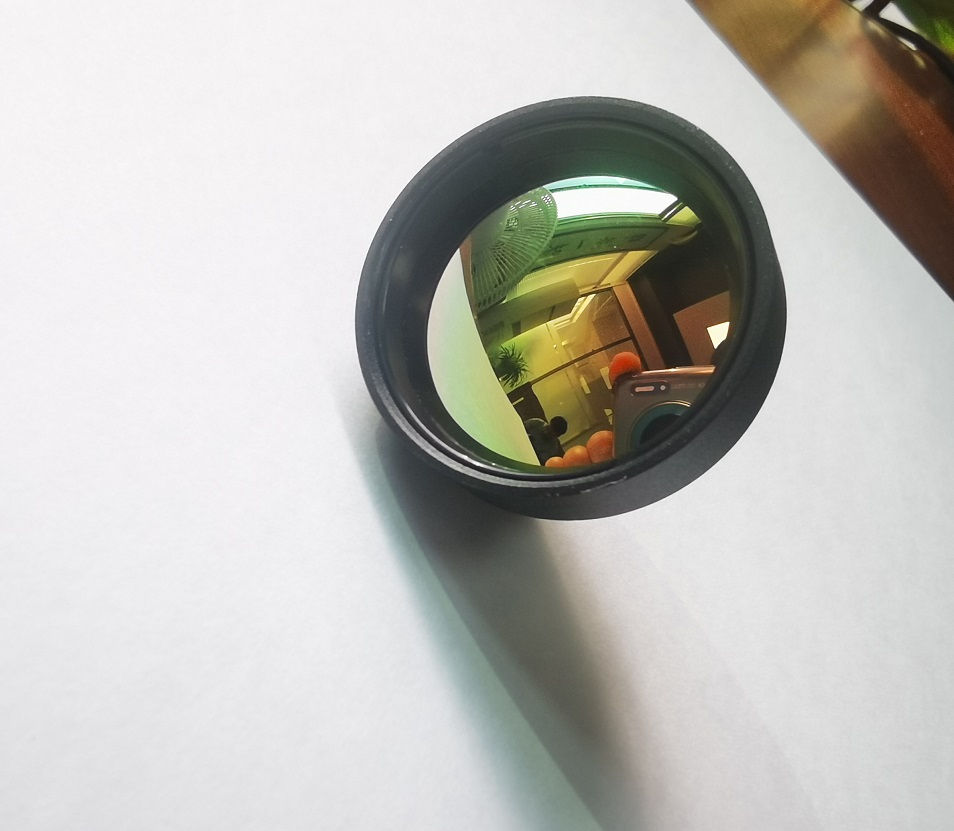Company News
Elevating Vision with Thermal Imaging Lens Technology

Thermal imaging technology has revolutionized various industries, providing a unique perspective by capturing infrared radiation emitted by objects or individuals. Among the key components of thermal imaging systems, thermal imaging lens technology plays a pivotal role in capturing and processing thermal images. In this article, we delve into the intricacies of thermal imaging lens technology, its workings, and its role in enhancing our understanding of the world beyond what the naked eye can see.
Understanding the Basics of Thermal Imaging Lens Technology
Thermal imaging lens technology utilizes specialized lenses designed to focus and capture infrared radiation emitted by objects in the environment. These lenses are typically made of materials with high infrared transmittance, allowing the maximum amount of infrared radiation to pass through. This ensures that the captured images are accurate representations of the radiated heat.
Moreover, thermal imaging lenses are often coated with anti-reflective materials to minimize distortion caused by unwanted reflections and improve the clarity of the captured images. This coating helps to eliminate ghost images and ensures that the thermal imaging system provides high-resolution, clear images for comprehensive analysis.
The Role of Lens Construction in Thermal Imaging Technology
Thermal imaging lenses are intricately constructed to optimize the capture and transmission of infrared radiation. They consist of multiple lens elements that work together to correct aberrations and deliver crisp images with minimal distortion. By reducing optical aberrations, thermal imaging lenses maintain accurate temperature measurement capabilities and enhance the overall image quality.
The lens elements in a thermal imaging lens are precisely aligned to minimize image distortion and maximize image throughput. Each element has unique properties that contribute to various aspects of the thermal imaging process, including focal length, field of view, and depth of field. These properties determine how the captured images are visualized and analyzed, providing valuable insights in a range of applications.
Applications of Thermal Imaging Lens Technology
Thermal imaging lens technology finds extensive applications in diverse industries, reflecting its versatility and practicality. In the realm of security and surveillance, thermal imaging lenses enable accurate identification and tracking of individuals, even in darkness. Additionally, in the field of firefighting, these lenses facilitate early detection of heat sources and aid in locating trapped individuals.
Another prominent application of thermal imaging lens technology is in the field of medicine. Thermal imaging systems equipped with specialized lenses provide valuable insights for diagnosing various medical conditions, such as inflammation, circulatory disorders, and cancerous tumors. These lenses capture the subtle differences in body temperature, aiding medical professionals in making informed decisions for effective treatment.
Advancements in Thermal Imaging Lens Technology
As technology continues to advance, thermal imaging lens technology undergoes significant improvements, enhancing its capabilities and expanding its potential applications. Recent advancements include the development of lenses with wider spectral ranges, enabling the capture of both shortwave and longwave infrared radiation.
Furthermore, the integration of smart algorithms and image processing techniques enables thermal imaging lenses to detect and track specific heat signatures automatically. This streamlines the analysis process and provides real-time insights, making thermal imaging systems more efficient and user-friendly.
The Future of Thermal Imaging Lens Technology
Looking ahead, the future of thermal imaging lens technology holds promising prospects. The ongoing research focuses on developing lenses that offer even higher resolutions, enabling finer details to be captured and analyzed accurately. Additionally, efforts are underway to make thermal imaging systems more compact, lightweight, and affordable, facilitating widespread adoption across various fields.
In conclusion, thermal imaging lens technology is a fascinating field that harnesses the power of infrared radiation to reveal hidden details and enhance our understanding of the world around us. The precision and advancements in thermal imaging lenses continue to unlock new possibilities and applications across industries, shaping a future where thermal imaging technology plays a crucial role in various aspects of our lives.
 English
English  German
German Japanese
Japanese Korean
Korean Vietnamese
Vietnamese French
French Spanish
Spanish भारत
भारत



